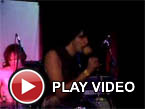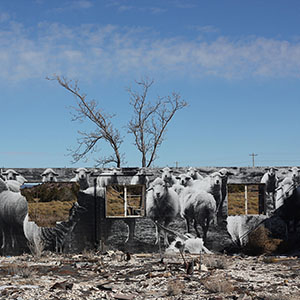 Although has a lengthy career, Brooklyn's Bob Bellerue has sat comfortably in the fringes of a fragmented noise and experimental scene. His newest release, All In, is a nicely limited tape edition that captures two distinctly different performances, one from 2011 and the other from 2014, which features him emphasizing some notably different styles from his body of work, although the final product makes for an entirely cohesive release that feels as much as a conceptual album as it would a set of two live performances three years apart.
Although has a lengthy career, Brooklyn's Bob Bellerue has sat comfortably in the fringes of a fragmented noise and experimental scene. His newest release, All In, is a nicely limited tape edition that captures two distinctly different performances, one from 2011 and the other from 2014, which features him emphasizing some notably different styles from his body of work, although the final product makes for an entirely cohesive release that feels as much as a conceptual album as it would a set of two live performances three years apart.
Two new shows just for you. We have squeezed out two extended release episodes for this weekend to get you through this week. They contain mostly new songs but there's also new issues from the vaults. The first show features music from Rider/Horse, Mint Field, Robert Aiki Aubrey Lowe, Anastasia Coope, ISAN, Stone Music, La Securite, Bark Psychosis, Jon Rose, Master Wilburn Burchette, Umberto, Wand, Tim Koh, Sun An, and Memory Drawings. The second episode has music by Laibach, Melt-Banana, Chuck Johnson, X, K. Yoshimatsu, Dorothy Carter, Pavel Milyakov, Violence Gratuite, Mark Templeton, Dummy, Endon, body / negative, Midwife, Alberto Boccardi, Divine. Cow in Maui from Veronika in Vienna. Get involved: subscribe, review, rate, share with your friends, send images! |



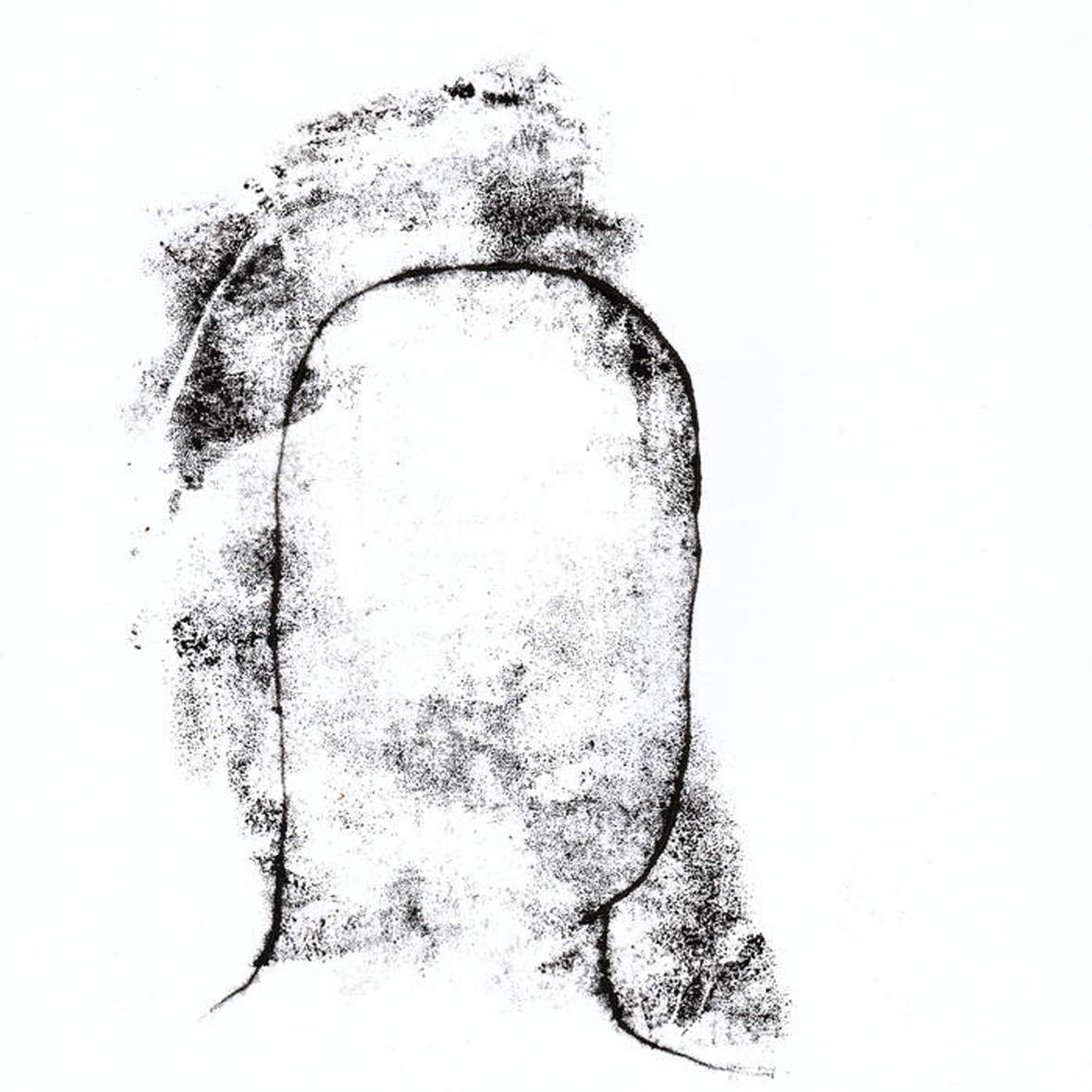 Recently given an much-needed reissue by Ecstatic, Circular Forms (2015) is Abul Mogard’s lone proper full-length album amidst a slow trickle of cassettes, splits, and compilation appearances. When I first heard it, I was admittedly a bit disappointed as it felt considerably less unique and revelatory than the earlier, more industrial-influenced pieces collected on Works. I have since warmed to it quite a bit, however, as "The Half-Light of Dawn" is an achingly beautiful masterpiece of simmering and haunted-sounding post-apocalyptic drone. Mogard also does a stellar job at channeling the cosmic dread of prime Tangerine Dream at one point. The rest of the album is quite enjoyable as well, but it sometimes has a bit of an uneven and transitional feel that reveals Mogard's influences and occupies more well-established aesthetic terrain than some of his iconoclastic earlier releases.
Recently given an much-needed reissue by Ecstatic, Circular Forms (2015) is Abul Mogard’s lone proper full-length album amidst a slow trickle of cassettes, splits, and compilation appearances. When I first heard it, I was admittedly a bit disappointed as it felt considerably less unique and revelatory than the earlier, more industrial-influenced pieces collected on Works. I have since warmed to it quite a bit, however, as "The Half-Light of Dawn" is an achingly beautiful masterpiece of simmering and haunted-sounding post-apocalyptic drone. Mogard also does a stellar job at channeling the cosmic dread of prime Tangerine Dream at one point. The rest of the album is quite enjoyable as well, but it sometimes has a bit of an uneven and transitional feel that reveals Mogard's influences and occupies more well-established aesthetic terrain than some of his iconoclastic earlier releases. For some reason, this long-running project from English guitarist Andy Cartwright has stayed largely under my radar until now, despite my occasional brushes with his work through various blogs and his splits with Dean McPhee and Loscil. This latest release, Seabuckthorn's ninth, is deeply influenced by Cartwright's rustic and mountainous new surroundings in the Southern Alps, yet his work has always had an earthy, widescreen grandeur. As I am only casually familiar with the rest of the Seabuckthorn oeuvre, I cannot confidently state that Cartwright's new environment or recent focus on textural experimentation have radically transformed his work, but A House With Too Much Fire definitely feels like an especially strong showing. Much like the aforementioned McPhee, Cartwright has carved out a sublime and alternately haunting and gorgeous niche all his own, far transcending my expectations of what a lone guitarist can achieve (though Cartwright certainly embraces a much more expansive palette than his peers).
For some reason, this long-running project from English guitarist Andy Cartwright has stayed largely under my radar until now, despite my occasional brushes with his work through various blogs and his splits with Dean McPhee and Loscil. This latest release, Seabuckthorn's ninth, is deeply influenced by Cartwright's rustic and mountainous new surroundings in the Southern Alps, yet his work has always had an earthy, widescreen grandeur. As I am only casually familiar with the rest of the Seabuckthorn oeuvre, I cannot confidently state that Cartwright's new environment or recent focus on textural experimentation have radically transformed his work, but A House With Too Much Fire definitely feels like an especially strong showing. Much like the aforementioned McPhee, Cartwright has carved out a sublime and alternately haunting and gorgeous niche all his own, far transcending my expectations of what a lone guitarist can achieve (though Cartwright certainly embraces a much more expansive palette than his peers). Not long after bemoaning the lack of full-length releases from Matt Weston (following a string of excellent 7"s) he quickly announced This Is Your Rosemont Horizon, a full length LP of two side-long compositions. Following the patterns set forth in his singles, both are ever changing pieces rich with electronics, guitar, and of course unconventional percussion that shift and change with every minute that goes by, never stagnating or even sitting still, resulting in a fascinating suite of complex electro-acoustic composition and exploration.
Not long after bemoaning the lack of full-length releases from Matt Weston (following a string of excellent 7"s) he quickly announced This Is Your Rosemont Horizon, a full length LP of two side-long compositions. Following the patterns set forth in his singles, both are ever changing pieces rich with electronics, guitar, and of course unconventional percussion that shift and change with every minute that goes by, never stagnating or even sitting still, resulting in a fascinating suite of complex electro-acoustic composition and exploration. This week Brainwashed and
This week Brainwashed and 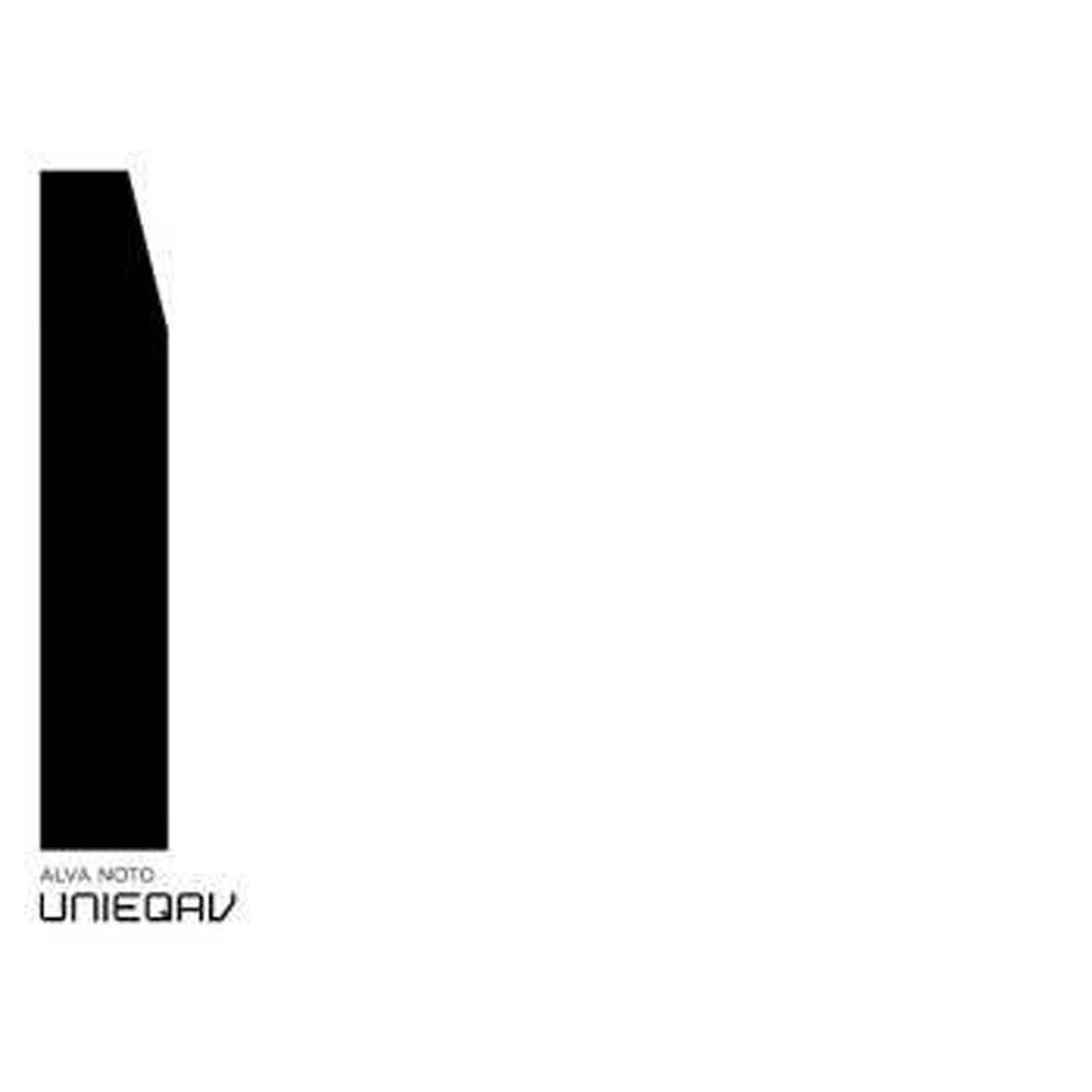 The final installment of Carsten Nicolai's "Uni" trilogy is a curious addition to the Alva Noto's historically conceptual-minded and experimental discography, as it is essentially a straight techno album. Given that this comparatively dancefloor-oriented series was initially inspired by a trip to Tokyo nightclub Unit, however, I suppose a nakedly beat-driven and somewhat straight-forward album like Unieqav makes some perverse sense (especially as a culminating statement). There is a bit more to Unieqav than mere music though, as the album is part of a larger, more ambitious multimedia work, as Nicolai reportedly floored festival audiences with an intense video onslaught synced to his hyper-precise rhythmic salvos. As a result, Unieqav feels like a somewhat minor release compared to Nicolai's other work when decontextualized from its intended high-volume/sensory overload presentation, but his unparalleled exactitude and clarity still make for a fine minimal techno album.
The final installment of Carsten Nicolai's "Uni" trilogy is a curious addition to the Alva Noto's historically conceptual-minded and experimental discography, as it is essentially a straight techno album. Given that this comparatively dancefloor-oriented series was initially inspired by a trip to Tokyo nightclub Unit, however, I suppose a nakedly beat-driven and somewhat straight-forward album like Unieqav makes some perverse sense (especially as a culminating statement). There is a bit more to Unieqav than mere music though, as the album is part of a larger, more ambitious multimedia work, as Nicolai reportedly floored festival audiences with an intense video onslaught synced to his hyper-precise rhythmic salvos. As a result, Unieqav feels like a somewhat minor release compared to Nicolai's other work when decontextualized from its intended high-volume/sensory overload presentation, but his unparalleled exactitude and clarity still make for a fine minimal techno album.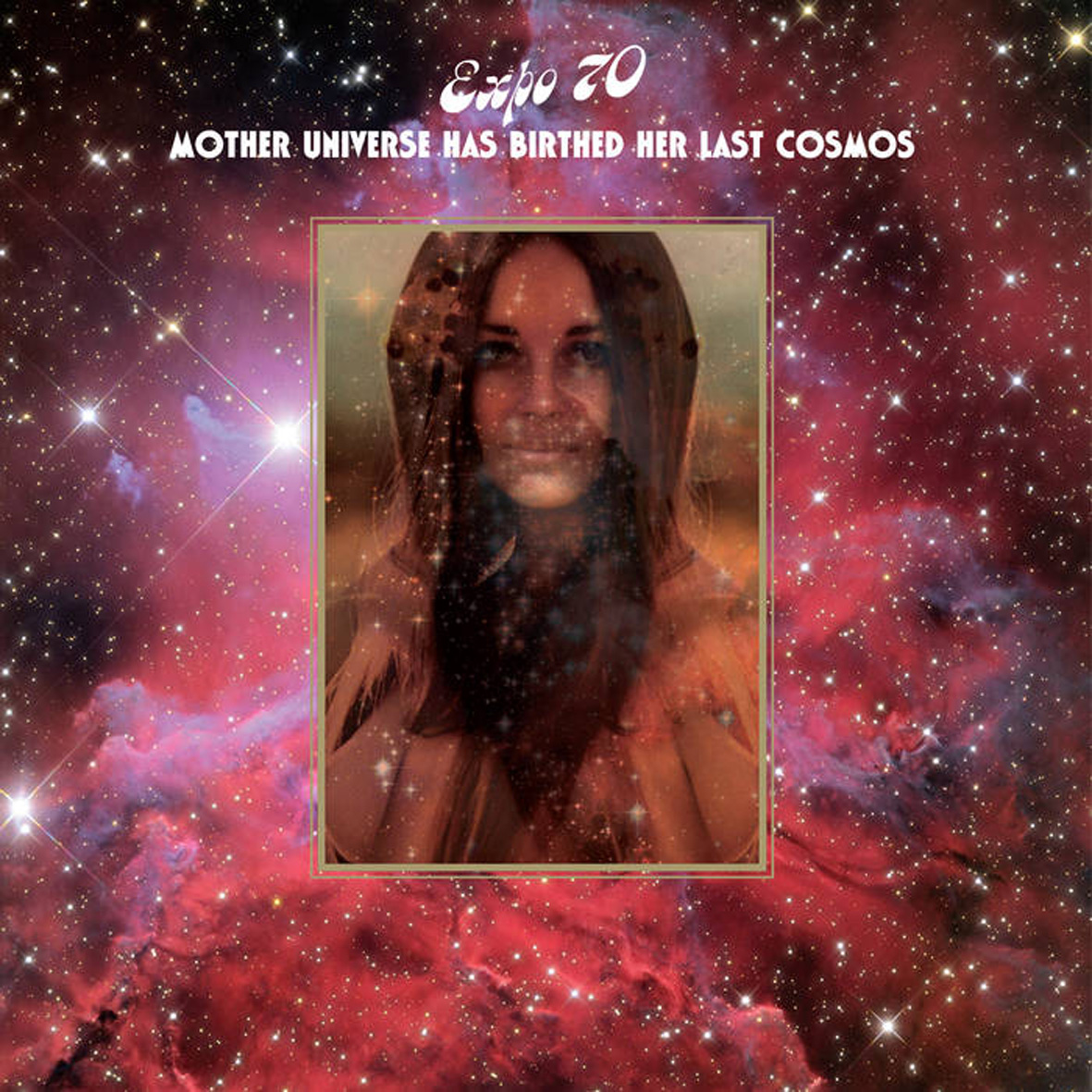 Polish label Zoharum take a very deep dive into Justin Wright’s exquisite solo guitar psychedelia with this sprawling 2xCD collection of various limited Expo '70 releases. For the most part, these extended pieces have a very drone-based and cosmic bent, but the two 2009 collaborations with Umberto's Matt Hill are legitimately transcendent and entrancing epics of slow-burning space-rock nirvana. Giving those two pieces a well-deserved second life is unquestionably Mother Universe's raison d'être, so the remaining pieces are more for devout fans and completists (though they are also quite good in their own right). The various physical formats all compensate for potential Expo '70 overload in their own ways, however, making it very easy to alternate between experiencing Mother Universe as a concise distillation of some of Wright's finest work or as an immersive and extended lysergic plunge.
Polish label Zoharum take a very deep dive into Justin Wright’s exquisite solo guitar psychedelia with this sprawling 2xCD collection of various limited Expo '70 releases. For the most part, these extended pieces have a very drone-based and cosmic bent, but the two 2009 collaborations with Umberto's Matt Hill are legitimately transcendent and entrancing epics of slow-burning space-rock nirvana. Giving those two pieces a well-deserved second life is unquestionably Mother Universe's raison d'être, so the remaining pieces are more for devout fans and completists (though they are also quite good in their own right). The various physical formats all compensate for potential Expo '70 overload in their own ways, however, making it very easy to alternate between experiencing Mother Universe as a concise distillation of some of Wright's finest work or as an immersive and extended lysergic plunge.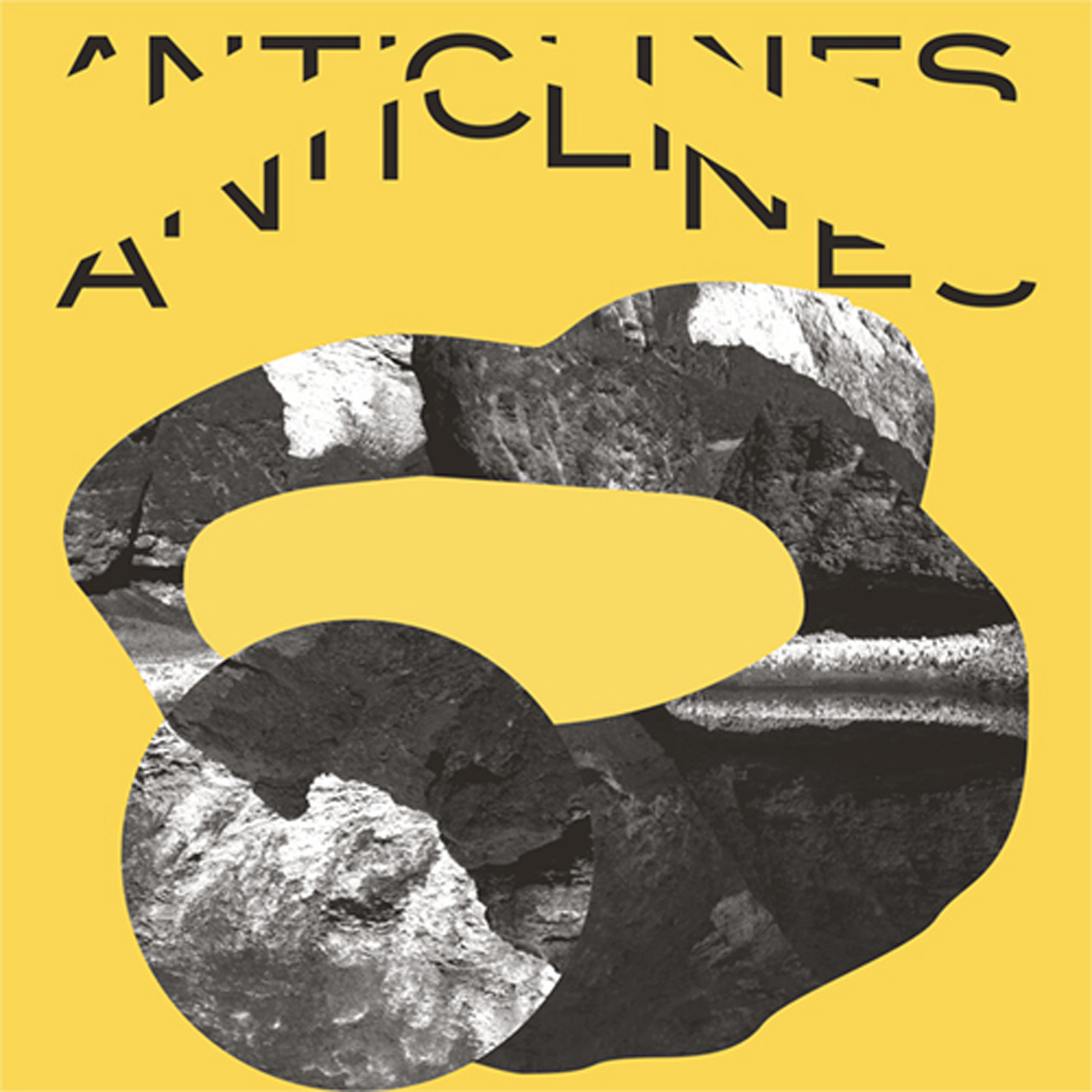 This album, Dalt's sixth, is my first exposure to the iconoclastic Colombian's work and it feels like an ideal entry point, as it is quite a beguiling album that is universally hailed as a major creative breakthrough. Due to its stark and unusual futurist aesthetic and constrained palette of primitive-sounding electronics, Anticlines definitely calls to mind both classic Chris & Cosey and minimal wave fare, yet Dalt's vision is transcendently bizarre enough to feel like something radical and new. Her desiccated and industrialized Latin/South American rhythms are certainly a part of that, but the real brilliance of Anticlines lies in Dalt’s lyrics and vocals: on songs like "Tar," she resembles a sexy cyborg, bloodlessly and seductively intoning breathy, cryptic poetry that feels like it alludes to vast depths of hidden meaning and feeling.
This album, Dalt's sixth, is my first exposure to the iconoclastic Colombian's work and it feels like an ideal entry point, as it is quite a beguiling album that is universally hailed as a major creative breakthrough. Due to its stark and unusual futurist aesthetic and constrained palette of primitive-sounding electronics, Anticlines definitely calls to mind both classic Chris & Cosey and minimal wave fare, yet Dalt's vision is transcendently bizarre enough to feel like something radical and new. Her desiccated and industrialized Latin/South American rhythms are certainly a part of that, but the real brilliance of Anticlines lies in Dalt’s lyrics and vocals: on songs like "Tar," she resembles a sexy cyborg, bloodlessly and seductively intoning breathy, cryptic poetry that feels like it alludes to vast depths of hidden meaning and feeling.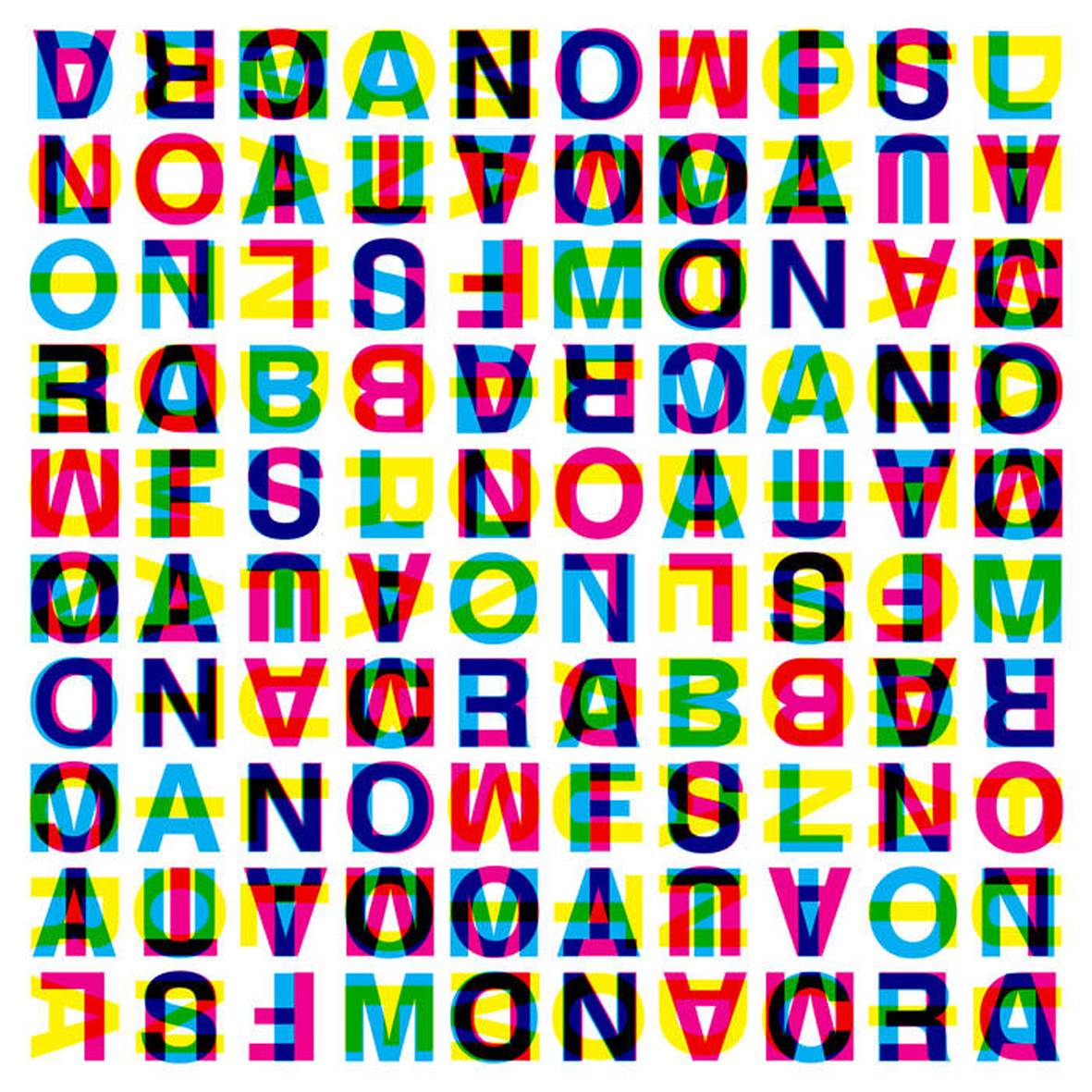 Three years after his eclectic and excellent solo debut, Bourbonese Qualk founder Simon Crab is back, albeit in radically transformed fashion. Crab's eclecticism certainly remains intact, yet Demand Full Automation is a bit of a tough album to wrap my head around: it kind of sounds like Crab started composing a similarly fine follow-up, then got commissioned to soundtrack some kind of neon-lit impressionist urban noir film…then took a break and time-traveled back to the '90s to do a DJ set at the Haçienda.  Unsurprisingly, those disparate threads make very strange bedfellows indeed, yet the enigmatic logic of Crab's overarching vision is countered by some sizable leaps forward in his craftsmanship. While I admittedly miss the homespun charm of After America a lot, Demand Full Automation is quite a likable (if sometimes quizzical) album in its own right, as it is a considerably tighter, more beat-driven, and more hook-filled affair than its predecessor.
Three years after his eclectic and excellent solo debut, Bourbonese Qualk founder Simon Crab is back, albeit in radically transformed fashion. Crab's eclecticism certainly remains intact, yet Demand Full Automation is a bit of a tough album to wrap my head around: it kind of sounds like Crab started composing a similarly fine follow-up, then got commissioned to soundtrack some kind of neon-lit impressionist urban noir film…then took a break and time-traveled back to the '90s to do a DJ set at the Haçienda.  Unsurprisingly, those disparate threads make very strange bedfellows indeed, yet the enigmatic logic of Crab's overarching vision is countered by some sizable leaps forward in his craftsmanship. While I admittedly miss the homespun charm of After America a lot, Demand Full Automation is quite a likable (if sometimes quizzical) album in its own right, as it is a considerably tighter, more beat-driven, and more hook-filled affair than its predecessor.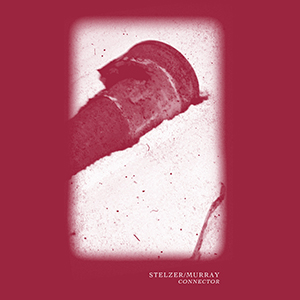 In his two most recent works, Howard Stelzer branches out to less aggressive, more subdued sounds, while still heavily staying faithful to his core roots as a noisy manipulator of all things cassette. His work with long-time friend and long-time collaborator Brendan Murray shows a wide variety of approaches and styles, while A Strange Object is largely him at his most focused and meditative. The two tapes may seem vastly different at times, but make for excellent complements to one another.
In his two most recent works, Howard Stelzer branches out to less aggressive, more subdued sounds, while still heavily staying faithful to his core roots as a noisy manipulator of all things cassette. His work with long-time friend and long-time collaborator Brendan Murray shows a wide variety of approaches and styles, while A Strange Object is largely him at his most focused and meditative. The two tapes may seem vastly different at times, but make for excellent complements to one another.